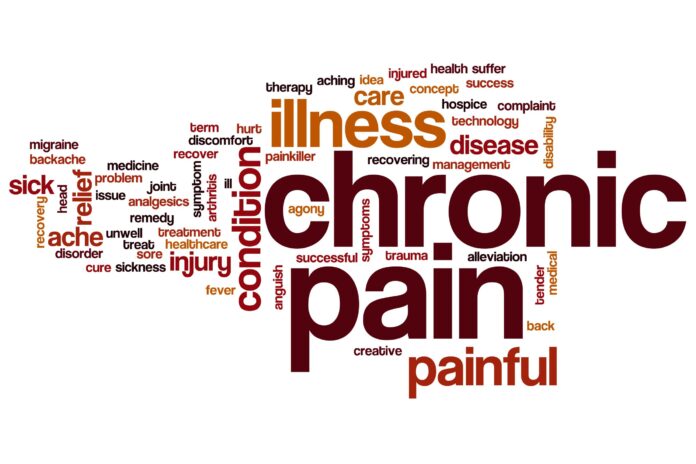Pain is a subjective unpleasant sensation that can range from mild discomfort to severe agony. It can be caused by a variety of factors, including injury, illness, or chronic medical conditions. Understanding the cause of pain and its symptoms is essential for effective treatment. In this answer, we will discuss the causes, symptoms, and treatment of pain in detail.
Causes:
- Injury: Pain can be caused by physical injuries, such as cuts, bruises, fractures, or sprains. When tissues in the body are damaged, nerve fibers send signals to the brain that result in pain. Acute pain from an injury usually goes away after the body has had time to heal.
- Medical conditions: Pain can be a symptom of medical conditions such as arthritis, fibromyalgia, or cancer. These conditions can cause chronic pain that lasts for weeks, months, or even years. Chronic pain can be difficult to manage and can have a significant impact on a person’s quality of life.
- Nerve damage: Pain can result from damage to nerves, such as with diabetic neuropathy or sciatica. Nerve damage can cause a burning, tingling, or shooting pain that is often difficult to treat.
- Infections: Pain can be caused by infections, such as shingles, urinary tract infections, or ear infections. Infections can cause inflammation in the body that results in pain.
- Inflammation: Pain can result from inflammation in the body, such as with conditions like rheumatoid arthritis or inflammatory bowel disease. Inflammation can cause swelling, redness, and pain in the affected area.
Symptoms:
- Location: Pain can be localized to a specific area or be felt throughout the body.
- Type: Pain can be sharp, dull, throbbing, or achy.
- Severity: Pain can range from mild discomfort to severe agony.
- Other symptoms: Pain can also be accompanied by other symptoms such as swelling, redness, or stiffness in the affected area. It can also cause fatigue, difficulty sleeping, and changes in appetite.
Treatment:
- Medication: Pain management can include medication such as nonsteroidal anti-inflammatory drugs (NSAIDs), acetaminophen, or opioids. These medications can help reduce pain and inflammation.
- Physical therapy or exercise: Physical therapy or exercise can help manage pain associated with injury or chronic conditions. Physical therapy can help strengthen muscles and improve flexibility, which can reduce pain.
- Alternative therapies: Alternative therapies such as acupuncture, massage, or meditation may also be helpful in managing pain. These therapies can help reduce stress and tension, which can help reduce pain.
- Surgery: In some cases, surgery may be necessary to address the underlying cause of pain. For example, surgery may be needed to repair a damaged joint or remove a tumor.
- Lifestyle changes: Lifestyle changes such as getting enough sleep, eating a healthy diet, and reducing stress can also help manage pain.
It’s important to consult with a healthcare professional if you are experiencing pain to determine the cause and appropriate treatment plan. They can help you develop a personalized plan to manage your pain and improve your quality of life.
































